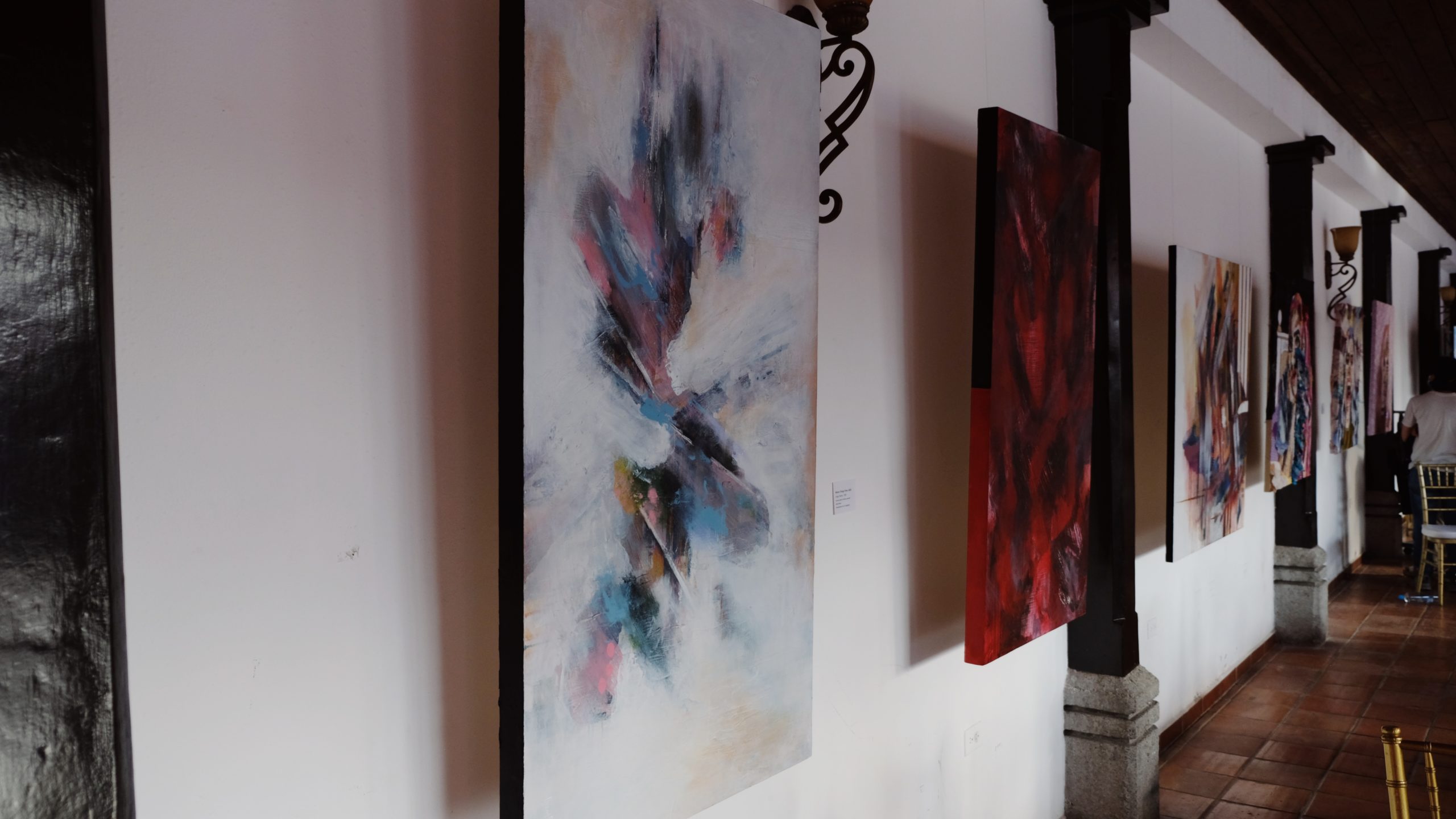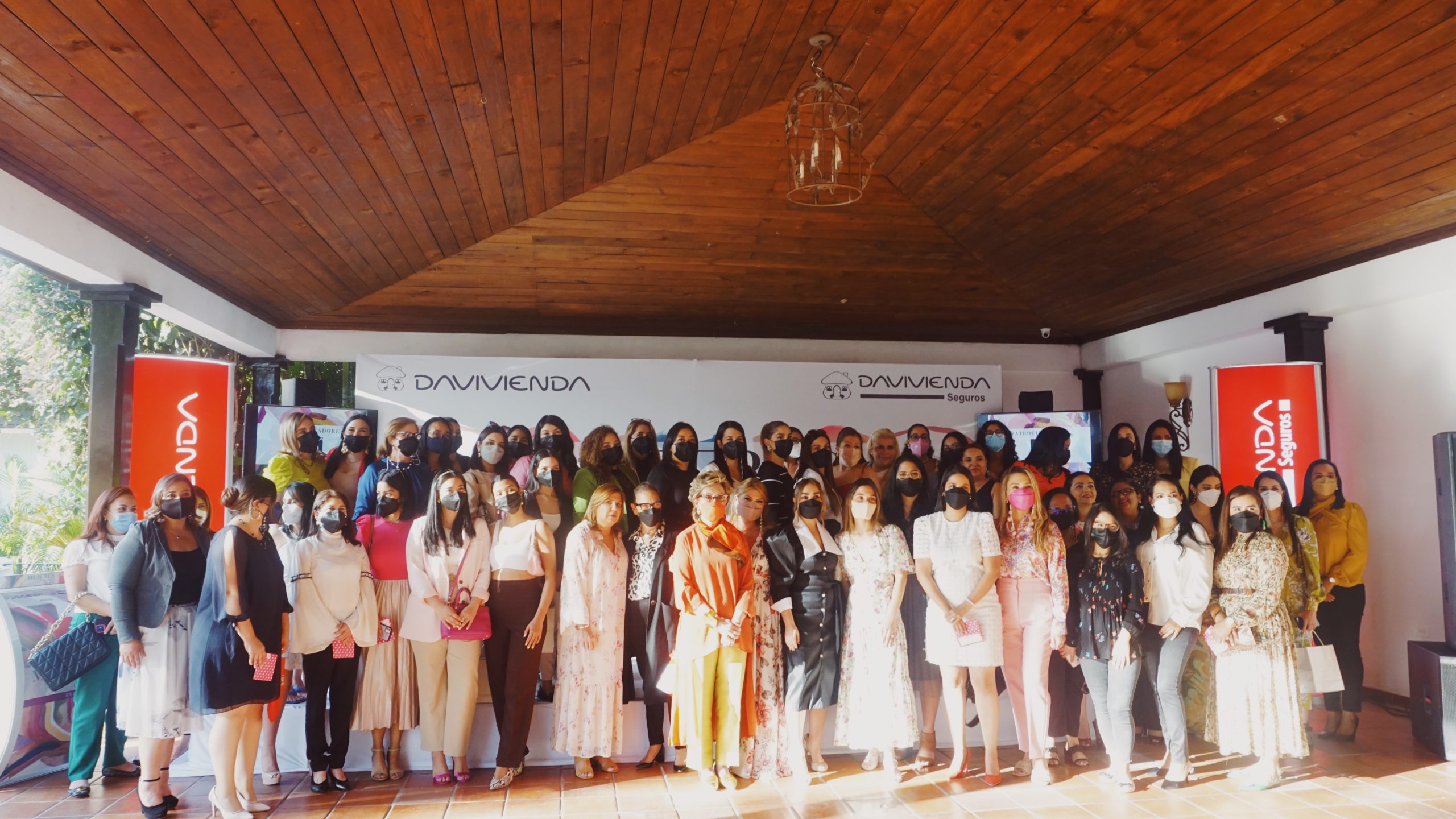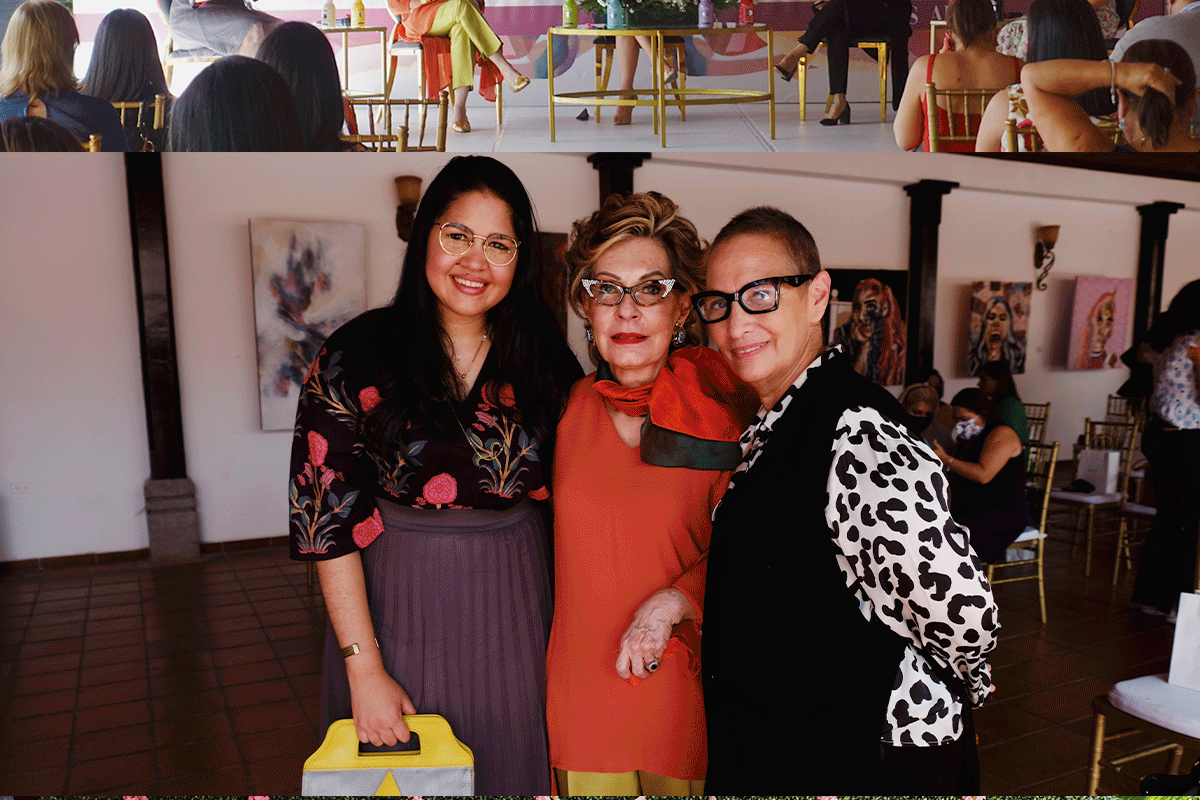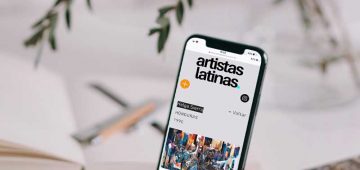
I was recently invited to be both a panelist and to exhibit my art at an event called: Mujeres Poderosas de Hoy, Edición Artistas (Powerful Women of Today, Women in the Arts), organized by Fashion Week Honduras, and sponsored by Davivienda Bank. The art on display was curated by Mujeres en las Artes, a local non-profit for the arts and culture.
Mujeres Poderosas de Hoy, Artistas
Our talk “Powerful Women of Today, Artist Edition” discussed the arts industry, challenges, and experiences of success from a female point of view. I was joined by Bonnie Castañeda, a renowned gallerist and now fashion designer, Eva Carolina Gomez director of the Museum of National Identity (MIN), and Elena Casco, creative director and owner of a home decor brand Del Barro. The panel was moderated by Fanne Medrano, creative director of Fashion Week Honduras.
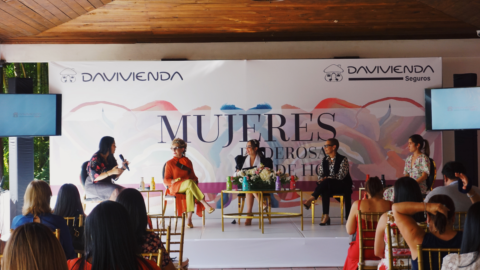
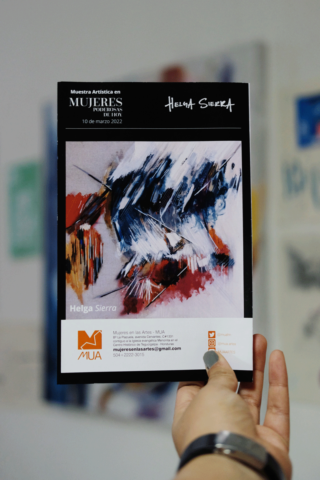
Under the curating of Mujeres en las Artes, MUA, my artwork and that of Isabella Gonzalez was on display at the event.
Here are three conclusions and some additional thoughts I had after the event.
Failure is inevitable.
-
- Of course, it is something I have experienced before, but I was reminded that every journey has roadblocks, challenges, stopping, and turning points. Perhaps the word failure scares you. Perhaps the word failure could be a setback. I am at a point where the word failure no longer scares me. I expect some sort of mistake/failure/whatever you may want to call it because it is in these moments when then can we grow, learn, and change. One must not dwell on the moments of failure, but instead be quick to review, adapt, and learn from others.
- Success is possibly the result of the sum of hard work, failures, and lessons learned.
Hondurans should embrace those who create.
-
- Culture and the arts can become sources of income for a nation. Nonetheless, as I heard stories from the other speakers, and my own, I find that Hondurans (not all of them), have a difficulty in supporting what other Hondurans create. It is only when Hondurans are revered outside of their own country that their work becomes validated in Honduras. If you are a Honduran creator and are reading this: read it again.
- Side note: From an economic standpoint, I’ve seen small cases where the arts (be it murals, art shows, concerts), create leisurely activities that create the need for consumers to spend money. I’ve learned about two neighboring towns in Tegucigalpa that started to create murals/artistic installations and thus created the “need” for others to come to visit and experience the town themselves. This created economic development and a unique selling proposition.
- It is tough for Hondurans to purchase art, given that the average wages are low. This creates a obstruction in a sales cycle, where the consumer is unable to purchase and therefore chooses to isolate themselves from activities where the mindset could be I am unworthy or less than, therefore I cannot participate in these activities. Those activities are: enjoying art for the sake of enjoyment. Many have perhaps never wandered into a museum, gallery for fear that they could be externally judged as less than. So the purchase of an art piece will only be more difficult if there is some sort of mental barrier to the simple enjoyment/leisurely activity of art.
The arts create opportunities to learn, grow, and imagine new realities.
-
- As a consumer and creator of the arts, I know this is true. It is part of my day-to-day. However, because of a lacking educational system, I sense that Hondurans are missing opportunities to learn, grow, imagine because they don’t know any better. If an educational system does not promote imagination, Hondurans will continue to dream of solutions to problems that create more systemic problems in the long run. Imagination is a key factor in creating different solutions, in creating a society with less judgment of others.
- In 2015, I created a pilot program to teach art to youth in at-risk situations. This program was my capstone project before completing my MBA degree. I remember noticing that young children were more imaginative than older children. Those who were in around the fourth grade started to copy/imitate what their neighbor created instead of choosing to create what they truly wanted to or what was inside of them. I remember discussing with one of the teachers from the partner institution whom we worked with, that it was around this time where the educational system used a method of memorization instead of critical thinking. I don’t know if anyone from the Honduran educational system will read this, but if so, I think that furthering opportunities for cultural education will create people who think more critically, people who have bigger imaginations.
- Our society needs creativity and imagination to come up with new solutions to problems, otherwise, future generations will continue to live in the same situation.
I conclude,
Looking back at the five years since I returned to Tegucigalpa, I have had my share of failures and setbacks. I have had “success” in different areas.
My desire is to continue growing in my art practice and be someone who adds to the solutions of “bigger” problems, instead of being someone who only sits around to complain.
Until next time.
Live inspired.
Helga
Follow me on instagram of weekly updates, or send me an email at hola@helgasierra.com and I’ll add you to my newsletter.
